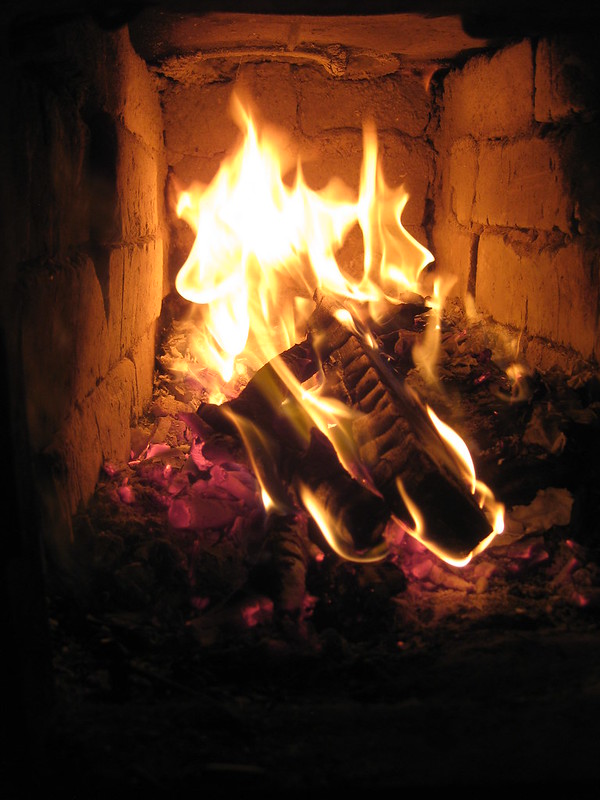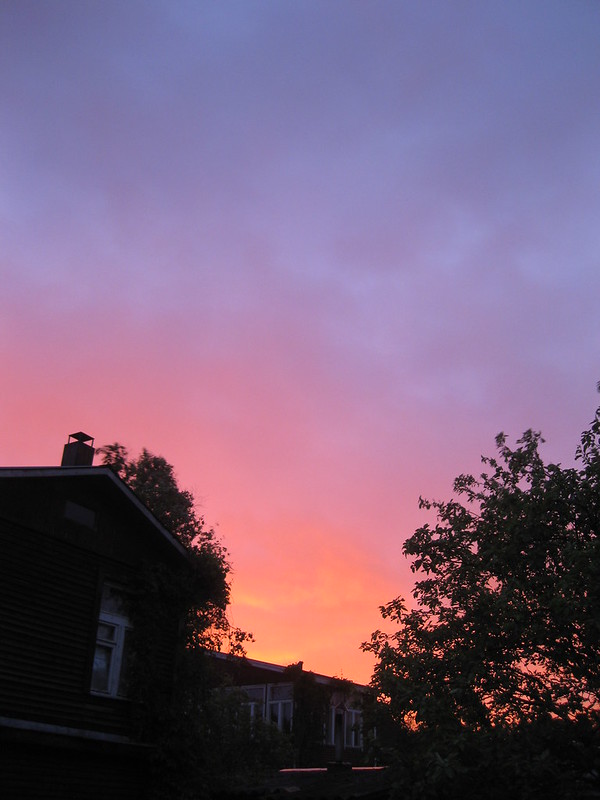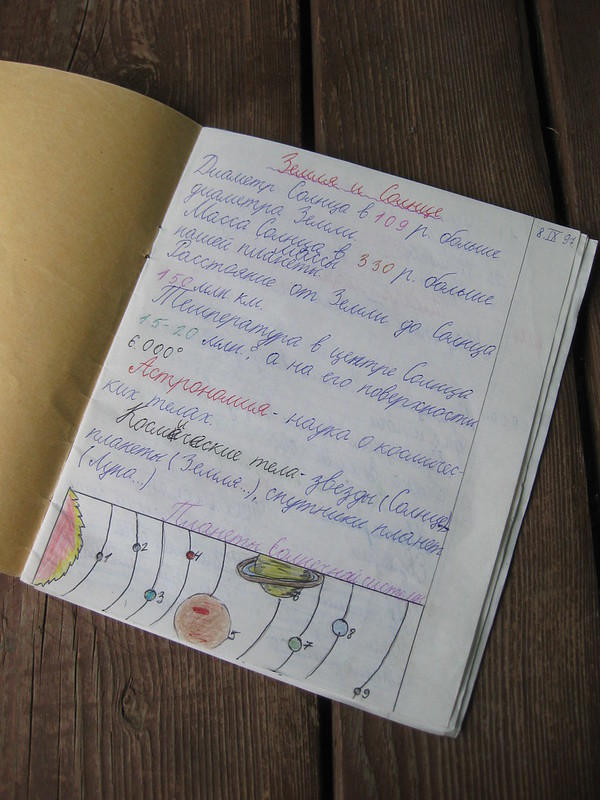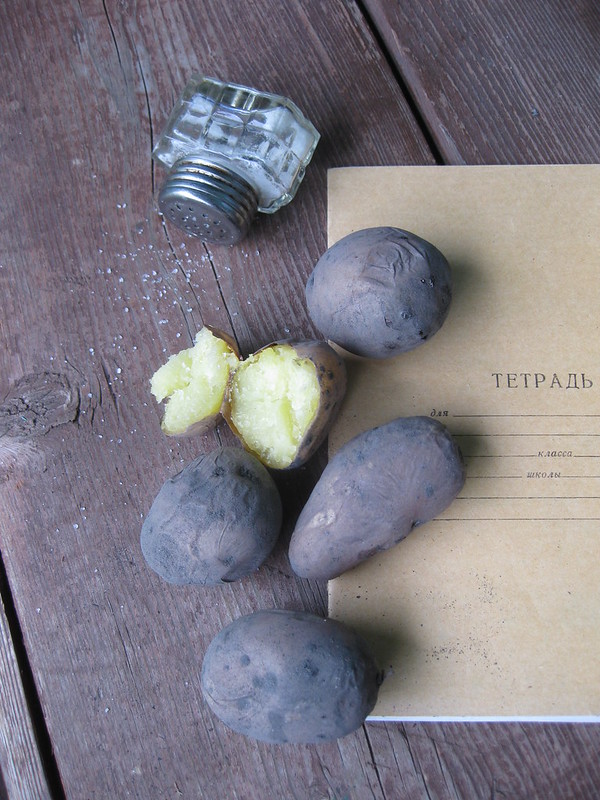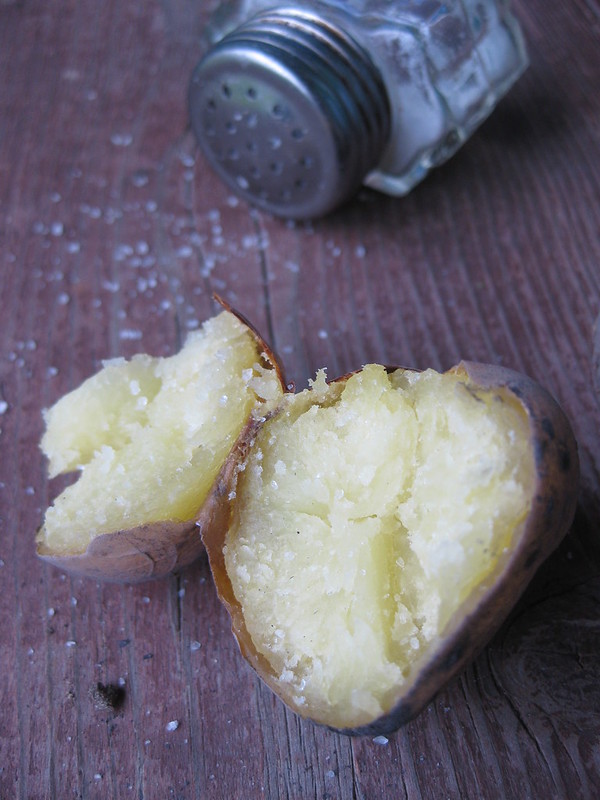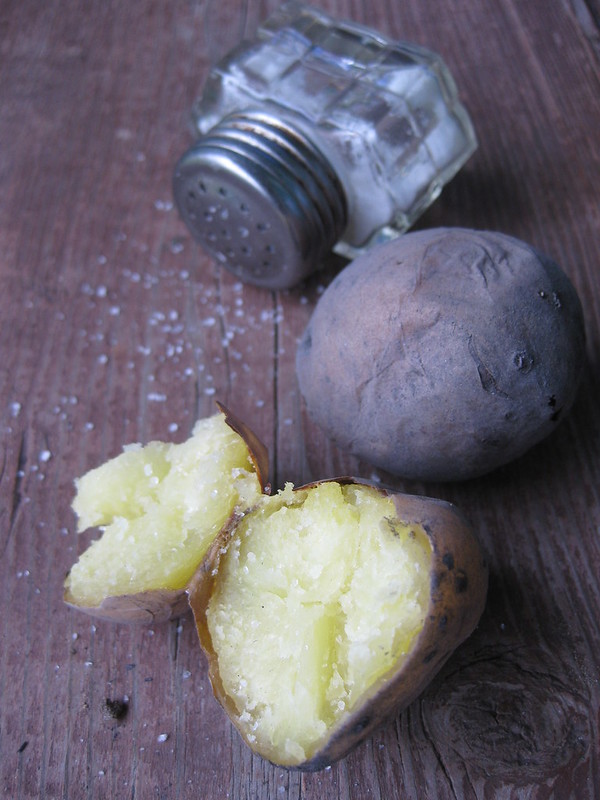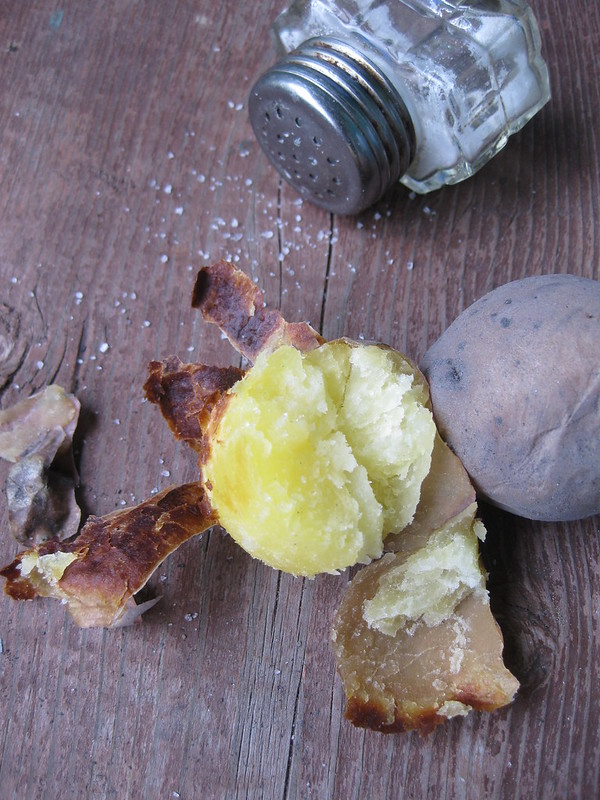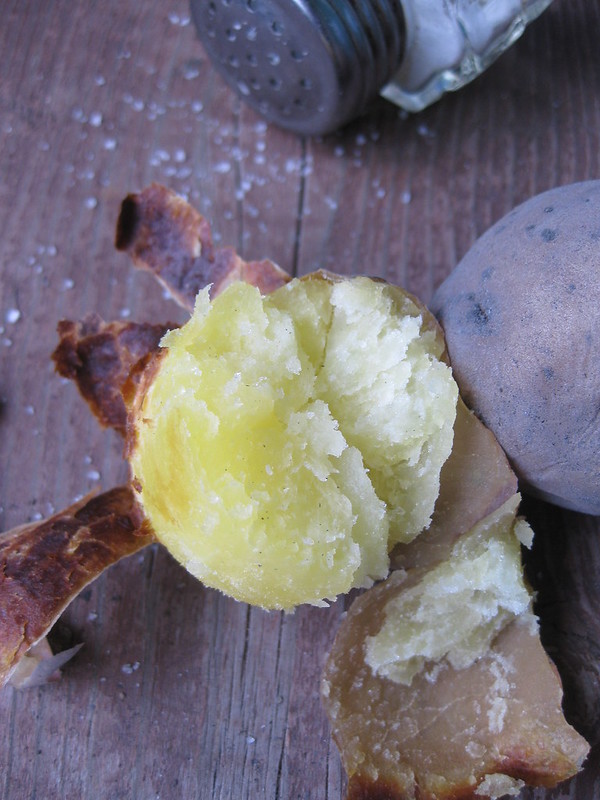Let’s take a walk in the spring-time St Petersburg, the ex-capital of Russia, previously known as Petrograd and later Leningrad (it was called so when I was born, khm, well, I was also born in the country that doesn’t exist anymore). Its names and nicknames include the City-on-Neva, the Northern Palmira, the Venice of the North or just SPb or Peter (not that much to honour the founder of the city but that’s what’s left after Saint and ‘burg’ disappear in colloquial speech). My city is huge and I still have several metro stations that I have never entered/ exited in my life. It’s also expanding, although not that recklessly as Moscow. It’s younger than the capital by some 556 years, it actually is young, with only 310 years behind it. It has been sieged and bombed, its habitants were starved to death but the city did not give up. There are people still living in kommunalka (former spacious dwellings of the rich converted into shared apartments with a long corridor and one bath for everybody) and there are still the true leningradtsy, the examples of an intelligent culture-oriented citizen (mostly women, called leningradka). The visit to the main exhibits of the city’s ‘must’ museum the Hermitage will take you days (but first yeeeeeeeeeears – to get the ticket) – though the city itself is a living museum of all kinds of attractions. It’s criss-crossed by canals and some of its streets are ex-canals too – and there’s the vast River Neva, the ‘mother’ of the city.
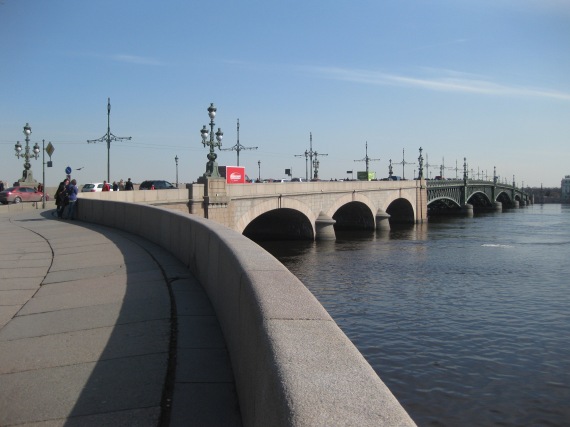
{Troitsky Bridge across Neva}
And of course the white nights when the city doesn’t sleep would have been not that spectacular without the bridges that are being drawn in the night during the navigation season. The city has it own urban legends and jokes, particularly linked to the drawing of the bridges, as the two sides of the city are thus cut off from each other (an excuse for coming late – or never showing up!). Bridges are at the same time everywhere but most often there’s a lack of bridge right when you need one – or there IS one but it’s drawn 😉
The book about the life in St Petersburg a century ago which I have recently read is based on the memoirs of two contemporaries, the eyewitnesses of the period – this makes reading it easier and sometimes even funnier, especially about the school memories of the authors. It’s sometimes hard to imagine things as they were 100 years ago – and sometimes so very easy, it seems that there were only 10 years separating us from those times instead of 100…
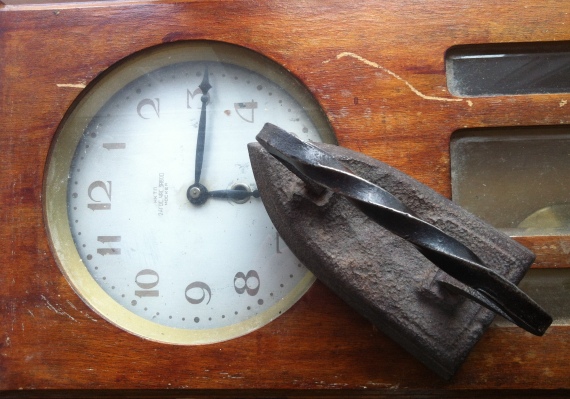
{two artifacts from the ol’ times, the iron might as well count 100 years!}
I liked the passage in the book explaining the typical St Pete habit to have dacha (country house) so that you can escape the city in stifling summer period. Starting from the middle of the 19th century, leaving the city for their dacha gradually becomes a mass trend, which could be mostly explained by the wide-spread perception of St Pete by its habitants themselves as an unnatural city with disastrous life. This motif ha dominated the ‘Petersburg texts’ of the Russian literature right from Pushkin’s Bronze Horseman and Gogol’s Petersburg Stories but fully developed in Dostoevsky’s novels. Failing to break loose from the ‘cursed’ city, the people were seeking at least a temporary rest in its suburbs. Surely there were purely practical reasons for this trend: the air was getting polluted with all the factories, the bustle & hustle in the streets became unbearable and the city was transformed into a construction site with so many seasonal workers – enough to make even not that well-off citizens to seek refuge somewhere in the country! And from then on the elektrichka (suburban trains) got packed with dachniki (dacha-goers) each weekend from early April to late November (the book says the train would make a planned 10 minute stop in Gatchina for the sake of lunch-bar where they served famous gatchinskie pirozhki – pies : ).

{a typical blind wall – not very joyous, is it?}
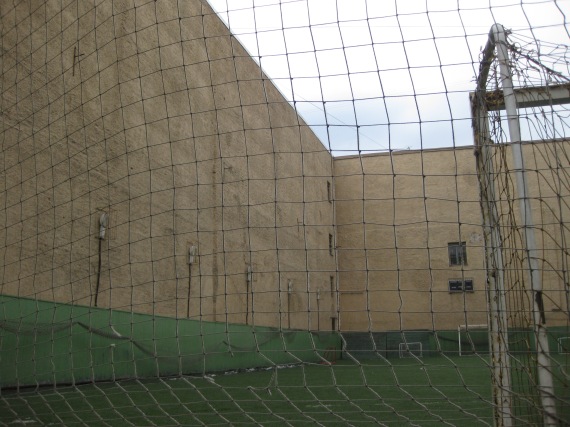
{this playground is a bit claustrophobic}
Oh-oh, we need something more positive! Here’s a view over the central part of the city, from a tiny wooden Gorstkin Bridge across the Fontanka River- somewhere in front there is Nevsky Prospect. The latter would need a separate post for sure, with its being the city’s main ‘vein’ full of landmarks, historic buildings and stores. The book says there were 7 overlapping ‘waves’ that created its patchy look – various kinds of commerce and institutions which had their sections of climax and of quasi absence throughout the avenue. I tried to see whether they constitute the same picture today and I guess there are certain traditional areas which are still perpetuated – like delicatessen and posh stores concentration area around Gostiny Dvor. But all this will tell you nothing unless you visit the museum-like Eliseevsky Store, Gostiny Dvor itself and Passage.
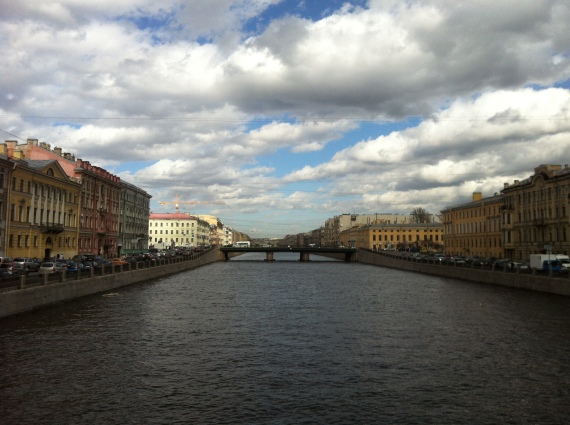
{typical classical buildings with columns rising max. to the 4th floor}
For example, one of such buildings can be found on the crossing of Karavannaya Street and Nevsky, with a characteristic bulochnaya (baked goods store) right on the angle.

The next building’s reflection in the window of this fancy-looking gadget store:

{a shop on Karavannaya Street}
Always wanted to have a look what’s inside such grand mansions. Here’s a typical staircase in one of the buildings in the centre, enormous windows, long flights and impossible height of the ceiling (impossible particularly for those living in khrushchevka):
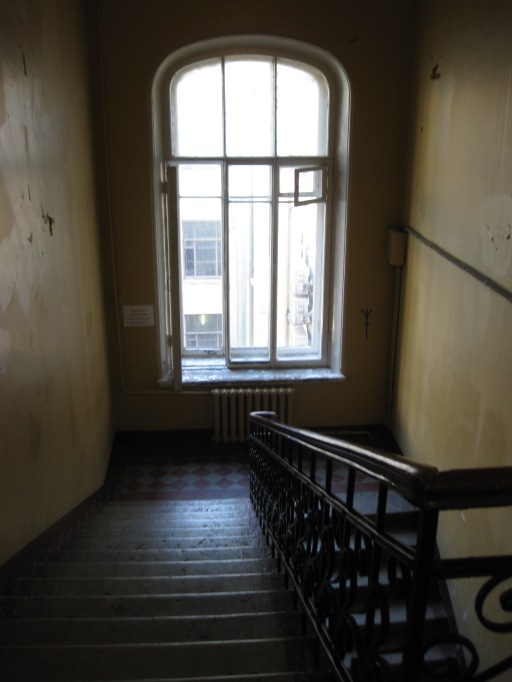
I’m sure there were komunalka (more about them in the 2nd part) in this building during the Soviet times and might as well still be so. Wonder what the famous Tolstoy‘s House (not the writer) overlooking the Fontanka River look like inside, with its buildings forming a long internal court and veeery posh cars parked there:
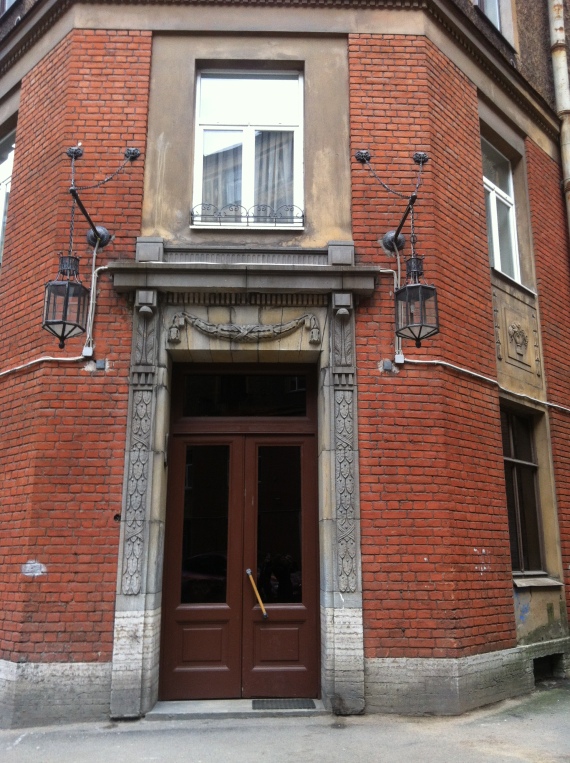
Sure enough not all the city centre is a straight line of sophisticated mansions of the 19th-early 20th centuries. Let’s move to the other – Petrogradsky – side of the Neva River, to the realm of modernism, art-nouveau and early Soviet architectural examples. Apparently the Soviet monumental architecture was trying to reproduce – and surpass! – the classical buildings of the city’s imperialistic past, could hardly fit it in a photo:

{a Soviet giant on Bolshaya Monetnaya Street}
And this is another monumental-looking building just next to the giant:
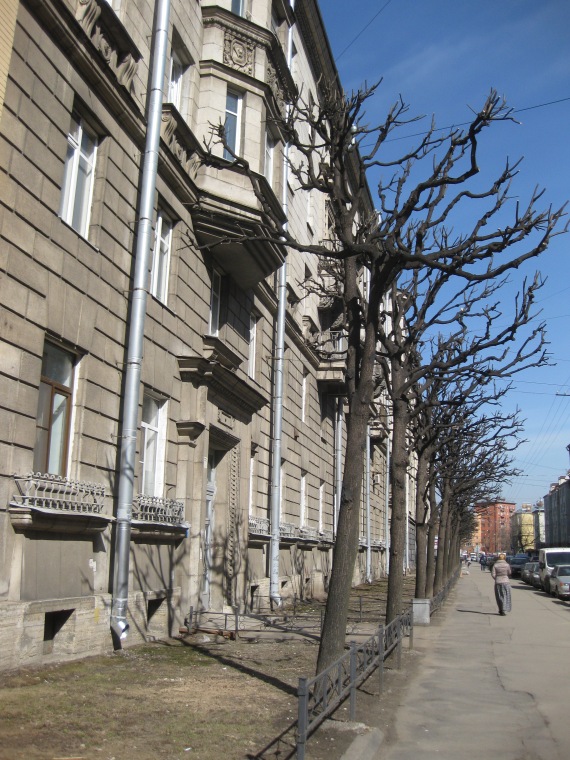
Very graphic trees – soon to be all green but right now constituting a sort of ensemble with the monumental architecture – the same Bolshaya Monetnaya Street. Love the names which reveal the history of the city, its habitants’ jobs or activities – moneta means coin. Talking about modernism:

{Malaya Posadskaya Street}

{Mayakovskogo Street, near Nevsky}
As always, there’s ‘paradny Peterburg‘ (its glossy face) and … it’s not that much attractive side, Bolshaya Podyacheskaya Street:
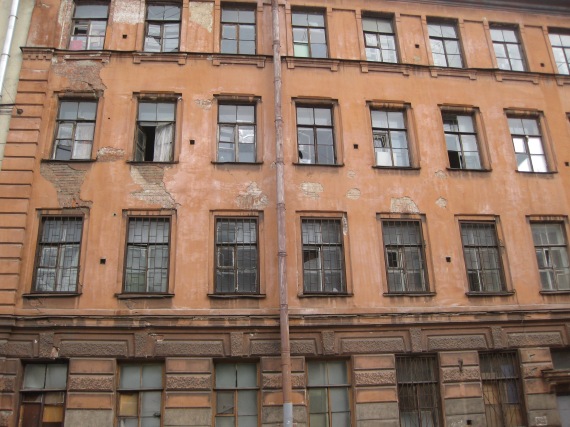
On the same street, the fire brigade building with the tower:
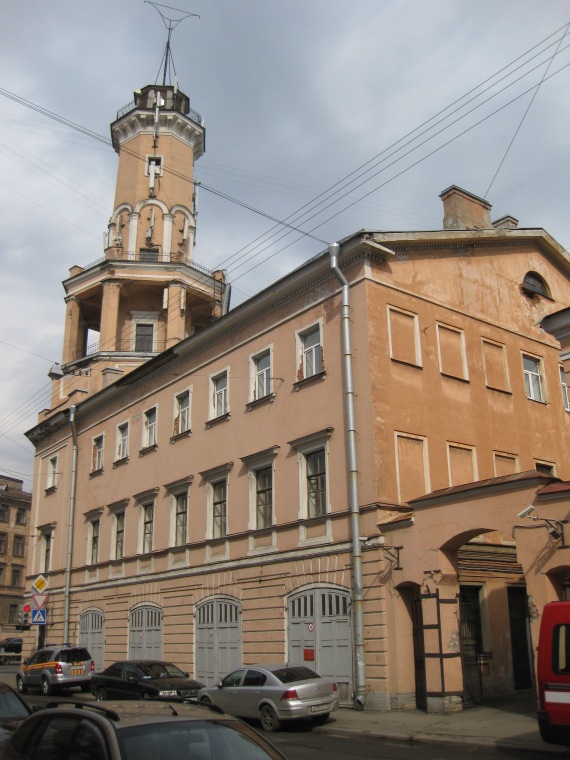
The book says, a century ago there were black balloons hanging from the tower when a fire was detected in the city – the number of them showed the district (substituted by lights during the night). There were no balloons on the tower that day but I spotted a man in the light reflecting clothes on the top, surveying the city for sure.
And for sure does he love this typical fish the typical woman is selling:
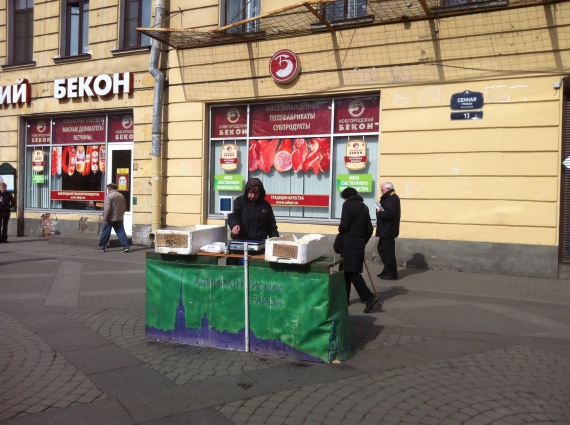
St Petersburg would be different without its smell… And although I – sorry – hate fish – this smell will always bring me home. The fish is called koryushka and here it’s sold on the Sennaya Square just next to Bacon from Novgorod =) As I’m not a fish eater, I can tell you little about this fish but be sure it’s most often accompanied by beer or vodka.
Vodka, yes, some information about it: the royal family had the monopoly for vodka, so there were only two types of it – in a bottle with a white (more expensive) and a red (cheaper) ‘head’. The lavka (store) where (and only there) one could buy vodka (called kazenka as it was owned by the government, i.e. it was kazennaya) was managed usually by a widow (!) selling watermark paper, post stamps and packs of cards. The other window was managed by a tough man selling wine who could easily calm down any troublemaker. The inside atmosphere was quiet while outside the life was blooming even when it was freezing – picturesque women in heavy skirts were sitting on large pots with hot potatoes and selling them and cucumbers, there were coachmen ready at hand and policemen who seemed to be all blind (having receive some ‘treat’ from the regular customers). The entire plaster wall of the kazenka was ‘decorated’ with red circles as the cheap – red head- bottles were beheaded right on the spot.
A year ago – More on Smart Use of Leftovers with some ideas on how to never throw away food stuffs.
More on St Petersburg in the second part of this post (this one was getting too long) – komunalka, Soviet heritage architecture and other things. Happy 1st May (whatever it is) and hope it’s as sunny as it finally got here!
G.
59.939039
30.315785
